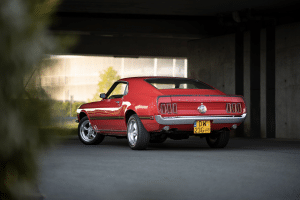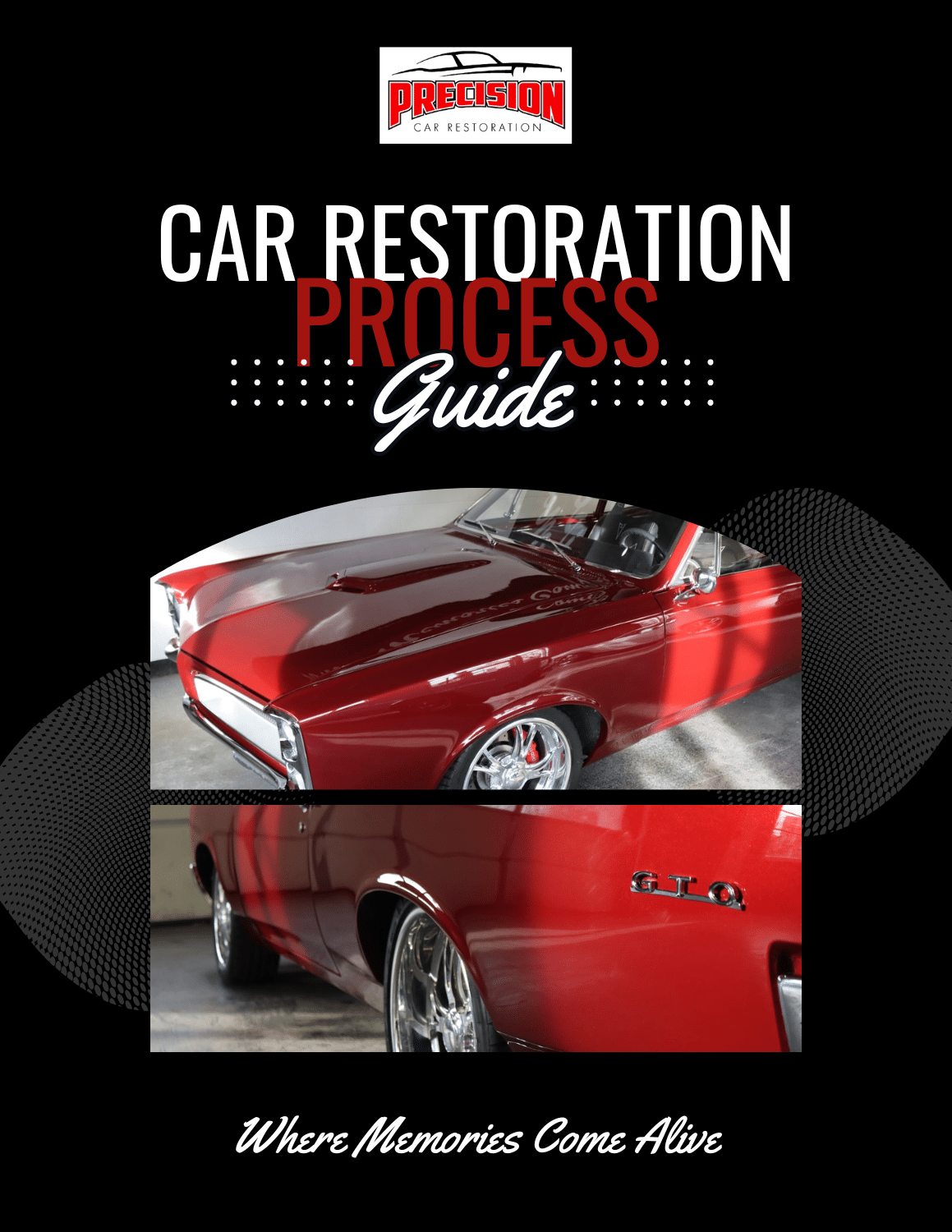The automotive world is filled with iconic classes of vehicles that have left a lasting mark on history. One such revolutionary class is the Pony Car, a category that continues to thrive in today’s market. Originating with the legendary Ford Mustang in 1964, the term “pony car” signifies an affordable, compact, and stylish coupe or convertible that exudes a sporty and performance-oriented aura. Join us as we delve deeper into the captivating history of the Pony Car class, a segment that reshaped the automobile industry and is a cornerstone of Precision Car Restoration.
Genesis of the Pony Car
The Pony Car class burst onto the scene with the introduction of the Plymouth Barracuda in 1964, marking the birth of a new era in automotive design. This trailblazing vehicle, fashioned as a fastback coupe, was built upon the esteemed platform of the compact Plymouth Valiant. Mere weeks later, the spotlight shifted to the Ford Mustang, available as a captivating two-door coupe or convertible characterized by its distinctive “long hood, short deck” configuration. The Mustang’s instant and unprecedented success shattered records right from its market debut, compelling Ford to recalibrate production to meet the soaring demand.
The Mustang Phenomenon

The Challenges and Triumphs
Despite the initial fervor, the early 1970s witnessed the Pony Car’s gradual descent from its peak popularity. The 1973 Oil Crisis prompted the implementation of stringent emissions controls, rendering pony cars one of the least favored vehicle categories in the market. Yet, the Mustang II’s arrival in 1974 succeeded in rekindling interest in this timeless classic, driving a resurgence in its popularity. Nonetheless, some beloved pony car models, including the Plymouth Barracuda, faced discontinuation during this transition period.
Resurgence and Modernity
The 1980s breathed new life into pony cars by introducing powerful yet fuel-efficient V8 engines, instigating a brief yet impactful comeback. The turn of the 21st century ushered in a fresh chapter with the revival of the Chevrolet Camaro and the Dodge Challenger. These resurrections thrust the pony car back into the mainstream automotive market, reigniting its allure and charm. Today, the Pony Car class stands tall as one of the most sought-after vehicle categories, both in production and within the vibrant restoration community.
The legacy of the Pony Car class endures as a testament to the ever-evolving landscape of automotive design and innovation. From its groundbreaking inception with the Ford Mustang to its modern resurgence through iconic models like the Camaro and Challenger, the Pony Car has genuinely transformed how we view and experience automobiles. At Precision Car Restoration, we celebrate this indelible contribution to automotive history and remain committed to preserving and restoring the timeless charm of these iconic vehicles for generations to come.

